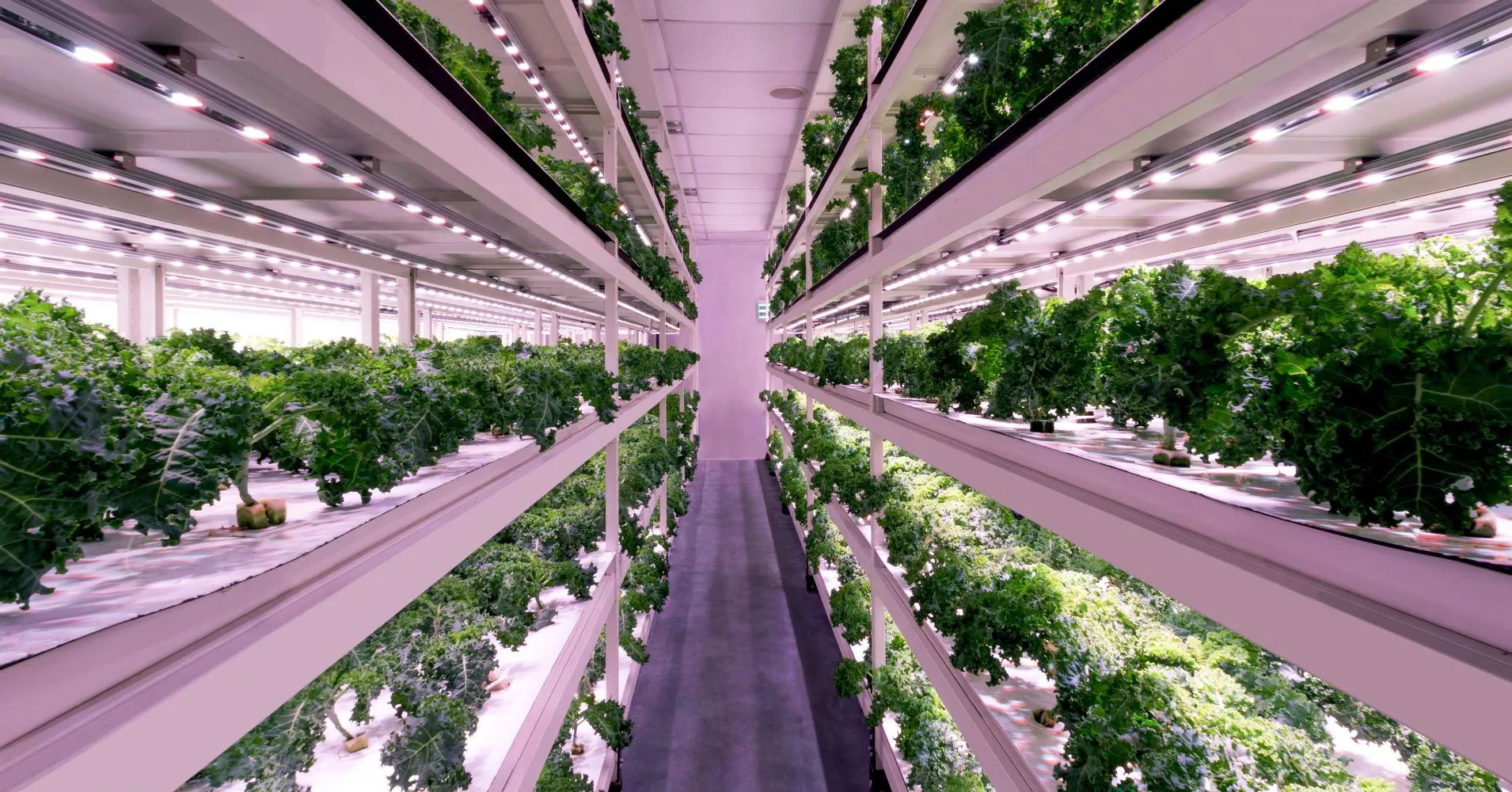
Introduction
Sustainable food production is important for the future of our planet. As the demand for food increases, it is crucial to find innovative and eco-friendly farming methods that minimize environmental impact. One such method gaining popularity is vertical gardening. In this article, we will explore the concept of vertical gardening as a sustainable farming technique.
Historical Background
Traditional farming methods often contribute to environmental degradation. As the world population grows, the need for sustainable farming practices becomes more pressing. However, vertical gardening is not a new concept. Examples of vertical gardening can be traced back to ancient civilizations such as the Hanging Gardens of Babylon.
Key Concepts and Definitions
Sustainable food production involves producing food in a way that minimizes negative environmental impacts and promotes long-term viability. Vertical gardening is a technique that involves growing plants vertically, making efficient use of limited space. It can be done using various systems such as trellises, vertical hydroponics, or living walls.
Main Discussion Points
Benefits of Vertical Gardening in Sustainable Food Production
Vertical gardening maximizes land use efficiency, making it ideal for urban areas and areas with limited arable land.
It conserves resources such as water and soil, leading to improved efficiency and reduced waste.
Vertical gardening reduces greenhouse gas emissions by minimizing transportation and energy consumption.
It increases food production in urban areas, promoting food security and reducing reliance on external sources.
Techniques and Best Practices in Vertical Gardening
Choosing suitable plants is crucial, considering factors such as light requirements and adaptability to vertical structures.
Proper design and construction of vertical gardening structures ensure stability, efficient use of space, and easy maintenance.
Careful irrigation practices and balanced nutrient management are essential for optimal plant growth.
Integrated pest management techniques and regular monitoring help control pests and diseases.
Integration of Vertical Gardening with other Sustainable Farming Practices
Combining vertical gardening with permaculture or agroforestry systems enhances biodiversity and soil health.
Utilizing composting and organic fertilizers maintains soil fertility and promotes a natural approach.
Companion planting and beneficial insects help control pests and improve pollination.
Case Studies or Examples
Successful vertical gardening projects can be found in urban areas and traditional agriculture. These initiatives have played a vital role in addressing food security challenges and promoting sustainable farming practices in developing countries.
Current Trends or Developments
Advancements in technology have led to innovative vertical gardening systems, such as automated irrigation and smart sensors. Commercial farmers are increasingly adopting vertical gardening techniques in large-scale agricultural operations. Ongoing research provides valuable insights into the productivity and sustainability of vertical gardening systems.
Challenges or Controversies
Critics argue that vertical gardening may not be able to meet global food demand due to limitations in scale and potential energy consumption. Concerns also exist regarding the environmental impact of certain components, such as artificial lighting. There are differing opinions on the economic feasibility of vertical gardening at scale.
Future Outlook
Vertical gardening holds immense potential to contribute towards global food security and environmental sustainability. Integration with smart farming technologies and automation can enhance productivity and resource efficiency. The expansion of vertical gardening in urban areas can lead to more resilient local food systems and reduced dependence on long-distance food transportation.
Conclusion
Sustainable food production is crucial, and vertical gardening offers a promising solution. By maximizing land use efficiency, conserving resources, and integrating with other sustainable farming practices, vertical gardening can play a significant role in ensuring food security and environmental sustainability. Despite challenges and controversies, the future outlook for vertical gardening remains bright.